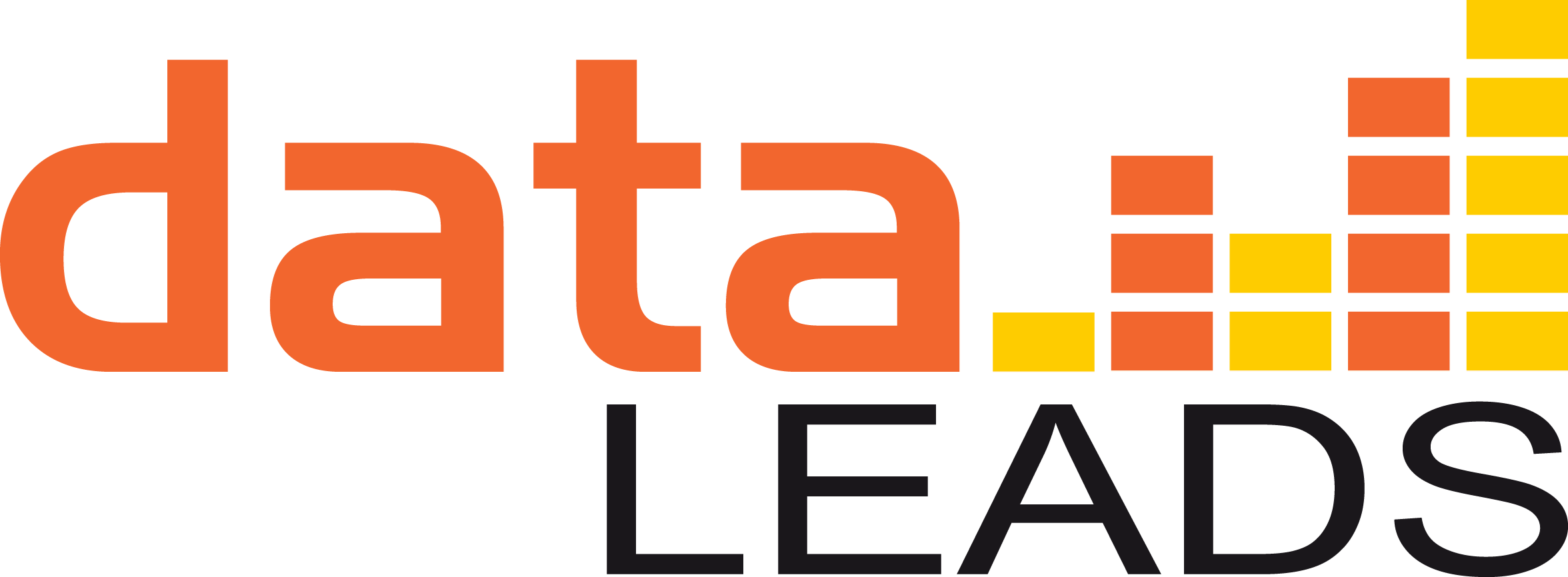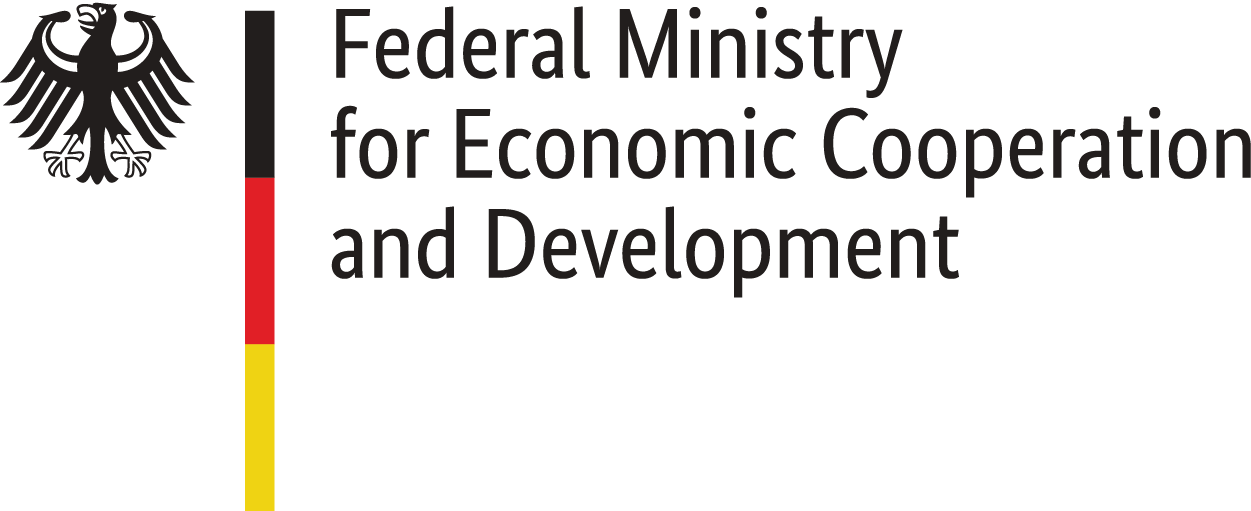Society
Indian Society: Study of Unity in Diversity
India has the second largest population in the world with 1.34 billion souls. The society is a colourful mix of religions, languages, ethnicities, castes and subcastes, and a variety of so-called “scheduled” tribes. The country’s official data shows that with 79.8%, the vast majority of India’s population is made up of Hindus, 14.2% of Muslims, 2.3% of Christians, 1.7% of Sikhs, 0.7% of Buddhists, 0.3% of Jains and 0.9% belong to others religions.
The Complex Caste System
The Hindus live by a caste system that classifies them into subgroups. This is according to Manusmriti, a Hindu holy book, believed to have been written about one thousand years BC and still considered an authority on Hindu law. Manusmriti justifies the caste system that classifies Hindus into four main categories: Brahmins (Priests and Teachers), Kshatriyas (Warriors and Rulers), Vaishyas (Farmers and Traders), and Shudras (Laborers). These castes are further subdivided into 3000 castes and 25000 sub castes, making it a very complex societal structure. Nowadays in many especially more urban areas of India the cast system is weakened but still present.
In addition to this, there are more than 700 scheduled tribes in India. Though the Constitution of India does not define the term “Scheduled Tribes”, there is a criterion followed to identify them and that is – “indications of primitive traits, distinctive culture, geographical isolation, shyness of contact with the community at large, and backwardness”. Of these scheduled tribes, there are 75 ‘primitive’ tribes, or indigenous people as defined by the Ministry of Tribal Affairs, Government of India. These criteria and definitions were used in 1931 Census, which were laid down by the British government, hence the racist terminology. However, these seem to be still in use by the current government in India.
The Linguistic Diversity
Demographically and geographically, the country is varied with 22 scheduled languages. The eighth schedule to the Constitution lists official and recognized languages of India of which currently there are 22. These languages are given official status and encouragement and can be used as official languages in certain States. Though the Constitution of India recognises Hindi and English as official languages, there is no single language in India designated as the national one. Nevertheless, Hindi over a period of time has acquired that status in the public imagination. Over 500 million people, 43% of the population consider Hindi to be their mother tongue. Hindi, erroneously considered by many as the national language of the country, presents an interesting study. Article 351 of the Indian Constitution says – “It shall be the duty of the Union to promote the spread of the Hindi language to develop it so that it may serve as a medium of expression for all the elements of the composite culture of India and to secure its enrichment by assimilating without interfering with its genius, the forms, style and expressions used in Hindustani and in the other languages of India specified in the Eighth Schedule, and by drawing, wherever necessary or desirable, for its vocabulary, primarily, on Sanskrit and secondarily on other language.”.
This can be considered as granting Hindi somehow the national language status since it’s been directly asked for a promotion of the language.
The latest national census of 2011 in India lists other major spoken languages in the following order: Bengali, predominantly spoken in the state of West Bengal (8.03%), Marathi, spoken in the state of Maharashtra (6.86%), Telugu, the language spoken mostly in Andhra Pradesh and Telengana (6.70%), and Tamil, predominantly belonging to the state of Tamilnadu and the Union Territory of Puducherry (5.70%). The other listed languages are spoken by less than 5% of the population. There is a saying in Hindi about languages in India. It says, “Kos Kos Me Badle Paani, Aur Char Kos Me Vaani” (The water – referring to taste – changes every two miles and the language changes every eight miles). In India, it is possible that one encounters a different language or a dialect even within a state. This explains the proliferation of regional media – both newspapers and television channels in the country.
The Literacy Challenge
India’s literacy rates mirror its gender inequality. While the overall literacy rate of the country is at 73% according to Census 2011, 80.9% of the male population is literate while only 64.6% of their female counterparts can read and write. This inequality can partly be explained by the fact that more girls drop out of schools, especially, in rural India. In addition, it is observed that in a few regions girls might not be sent to school at all, contributing to the already skewed gender ratio in literacy.
Income Disparity Among Sociel Groups
Social hierarchies based on caste and class systems albeit officially illegal, remain prevalent, especially in rural areas. Notions of caste are reinforced through the practice of strict endogamy a practice of marrying within a group, tribe or community. Access to wealth, education and basic healthcare vary considerably, and there are vast differences in socio-economic status of the people across the country. Social and income inequality is one of the biggest challenges for India today, highlighted by an Indian Human Development Study (2004-05). According to the report the median household annual income for an urban, forward caste is INR 72000/ USD 1008, whereas an income of an other backward caste family in an urban area makes Rs. 46600 / USD 652; a Dalit family has a median household income of Rs. 40500/ USD 569; an Adivasi, (tribal) family in an urban area has a median household income of Rs.48000/ USD 673 while a Muslim family has a median household income of Rs. 37200/ USD 522. Income disparity plays out in various ways including access to education, healthcare and basic livelihood. An Oxfam study states that in terms of income India’s top 1%, holds 73% of the country’s wealth – a telling statistic that illustrates the skewed income scenario in India.
Challenges of a Diverse Society
With a multitude of religions, sects, castes and subcastes, there have been cases of friction between religious groups, often between Muslims and Hindus. In recent years, religious tensions have been on the rise. A Pew Research Centre Study ranks India “Very High” in the Centre’s Index of social hostilities involving religion. There have been cases when Muslim men were targets of mob lynching on the suspicion of eating beef, or cow slaughter. As the Cow is considered holy in the Hindu belief systems, beef consumption is considered against the religion, i.e. it is illegal to slaughter or harm a cow in some States of India.
Media in India has had a significant role in shaping public opinion related to political, economic and social issues. For a better part, the media has remained a watchdog for the public exposing scandals and corruption cases involving those in power. However, there have been instances in recent years, which create the impression that the media has increasingly sided with the government, rather than fulfilling its role of a watchdog. This can also be associated with the current Prime Minister Modi who reportedly does not encourage dissent, and the media then tends to find it safer and be on the “right” side of the power and that’s Modi’s. According to a Washington Post report, “In Modi’s India, journalists face bullying, criminal cases, and worse”.
Despite intermittent problems, India’s pluralistic society thrives on diversity, and celebrates it at many different levels especially during festivals. Indian society, by and large, lives up to the adage “unity in diversity” which is what makes the country tick.
Sources
Constitutional provision - Official Language Related, Part-17 of the Constitution of India
Retrieved from Government of India, Departement of Official Language on 22 May 2019
Census Info India 2011
Retrieved from Office of Registrar General and Census Commissioner, Government of Indiaon 22 May 2019
United State Commission on International Religious Freedom Annual Report
Retrieved from United State Commission on 22 May 2019
By 2050, India’s to have world’s largest population of Hindu and Muslims
Retrieved from Pew Research Centre on 22 May 2019
Primitive Tribal Groups
Retrieved from Press Information Bureau Government of India Ministry of Tribal Affairs on 22 May 2019
Scheduled Tribes in India
Retrieved from Vikaspedia on 22 May 2019
What is India's Caste System?
Retrieved from BBC on 22 May 2019
Different Tribes India
Retrieved from National Commission for Scheduled Tribes on 22 May 2019
Language - India, States and Union Territories
Retrieved from Census of India on 22 May 2019
Constitutional provisions relating to Eighth Schedule
Retrieved from The Ministry of Home Affairs on 22 May 2019
Census of India 2011, Fine Population Totals
Retrieved from Census of India on 22 May 2019
Income, Poverty, Inequality
Retrieved from Indian Human Development Society on 22 May 2019
Index of social hostilities involving religion
Retrieved from PEW Reasearch Center on 22 May 2019


